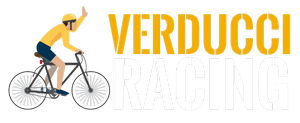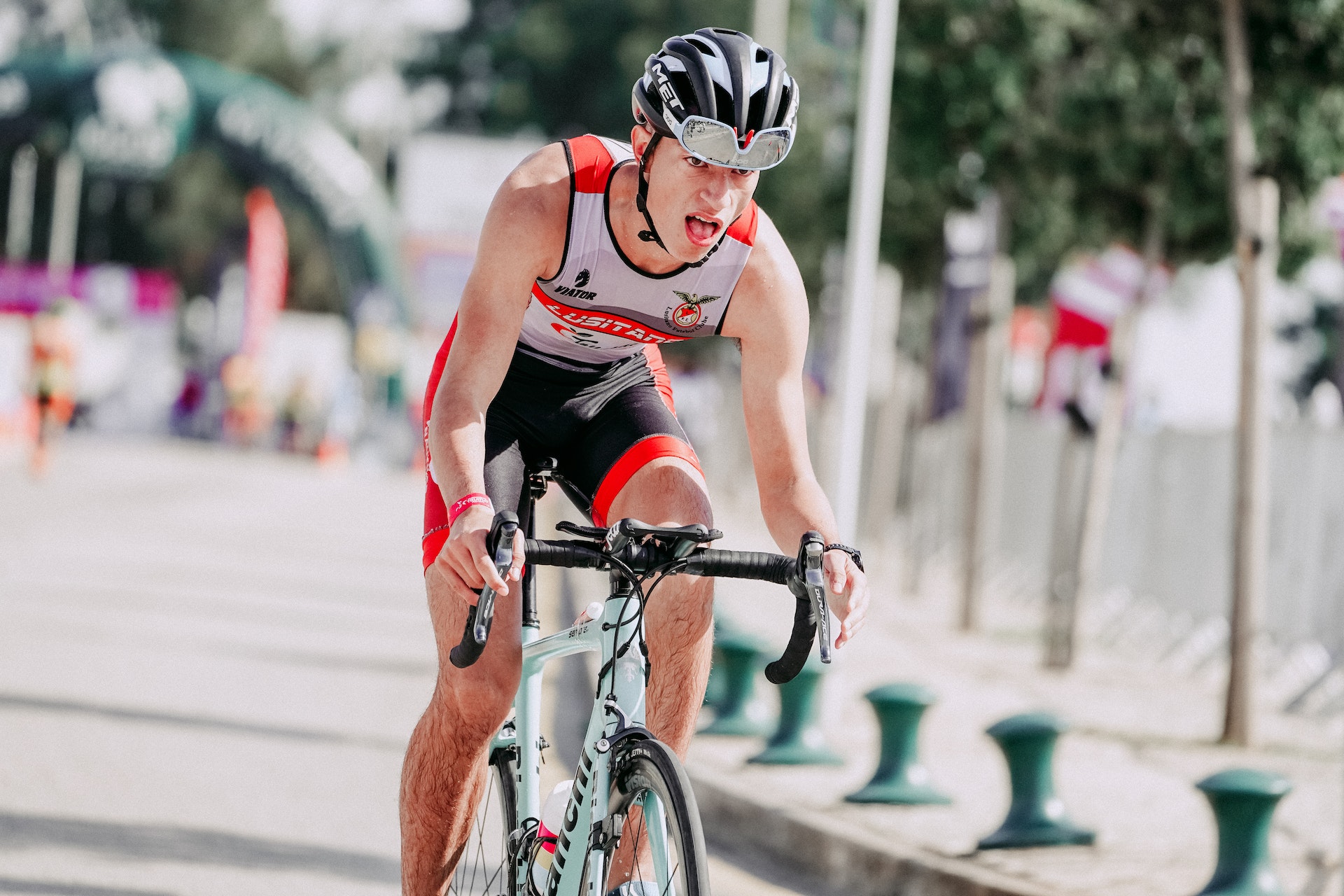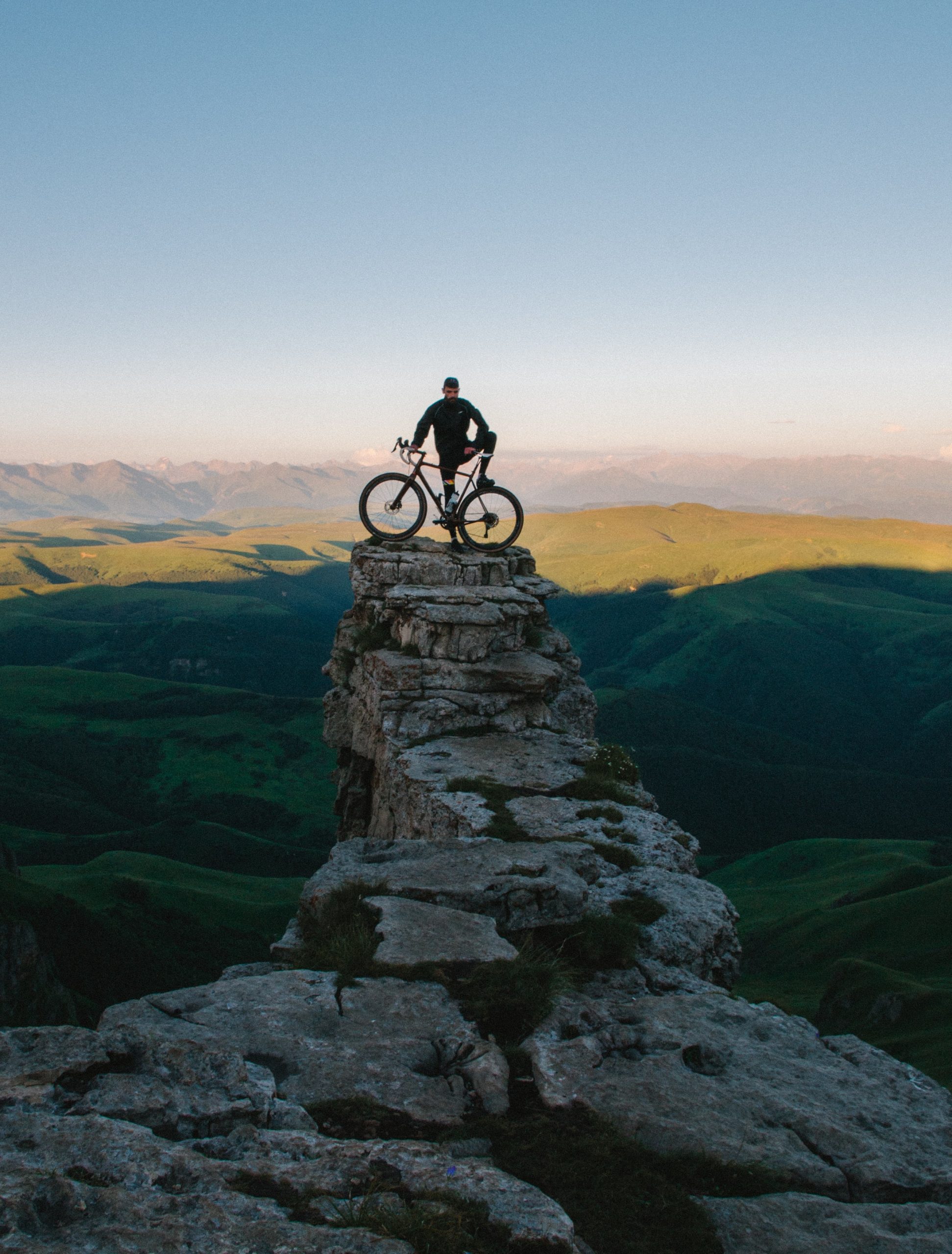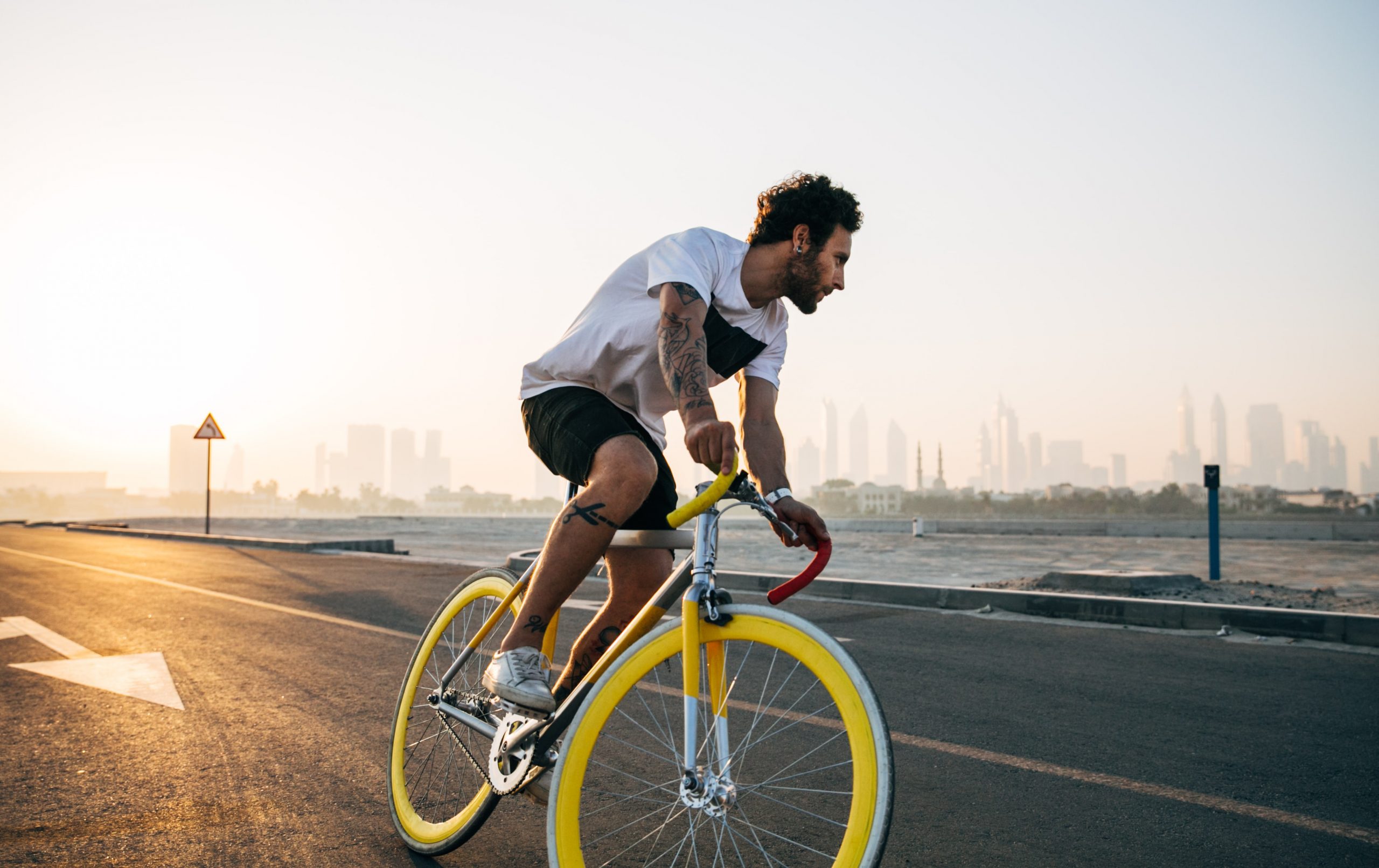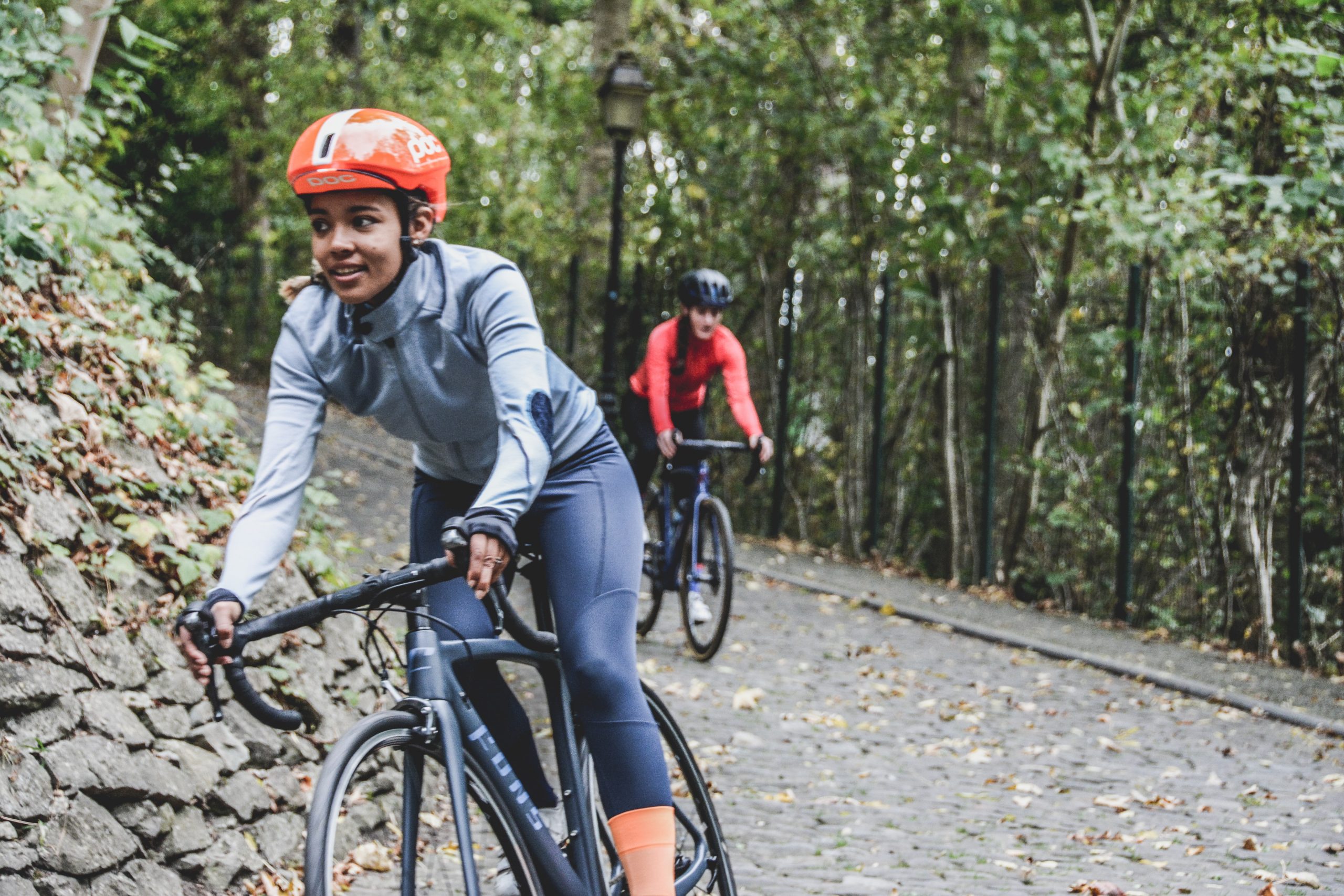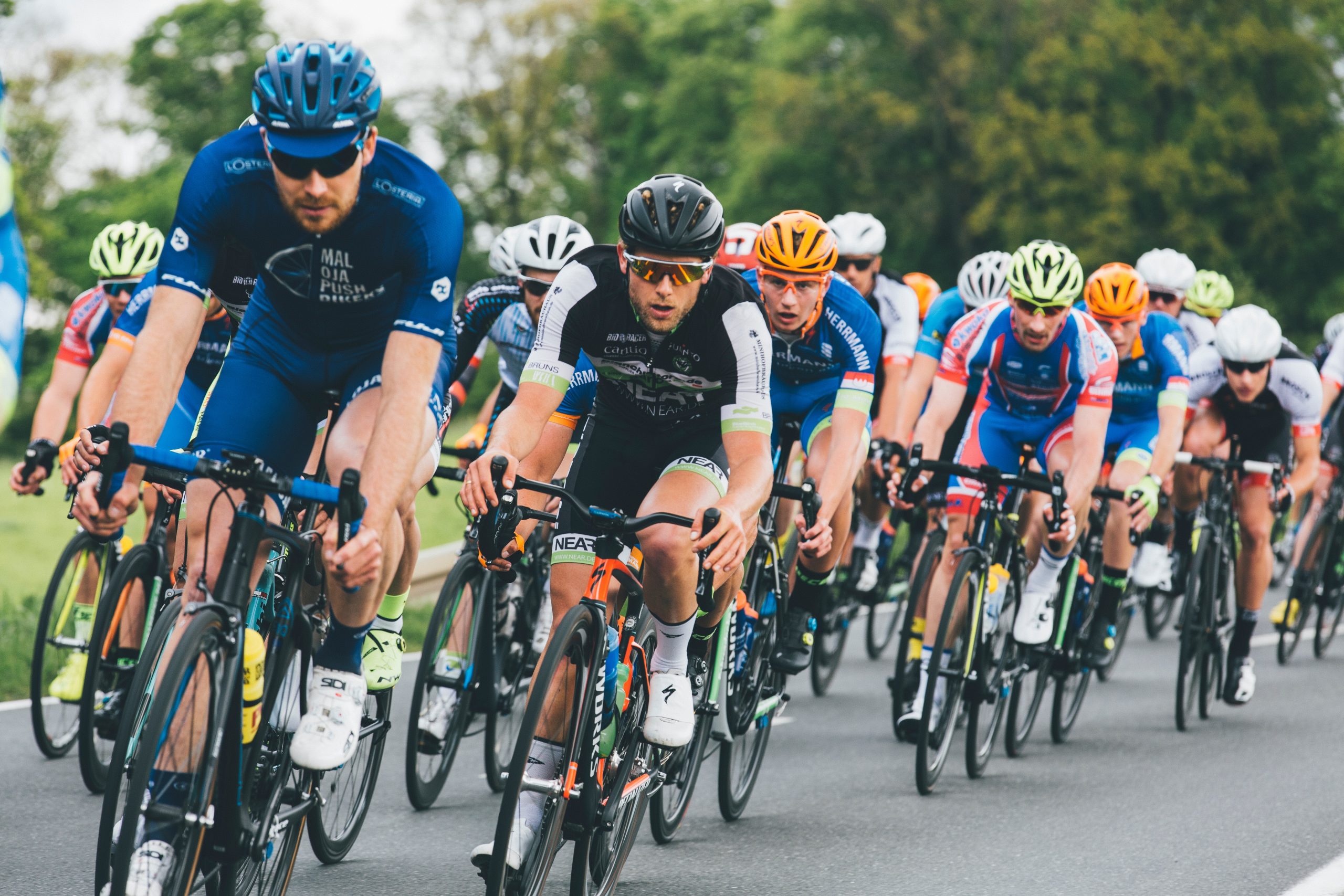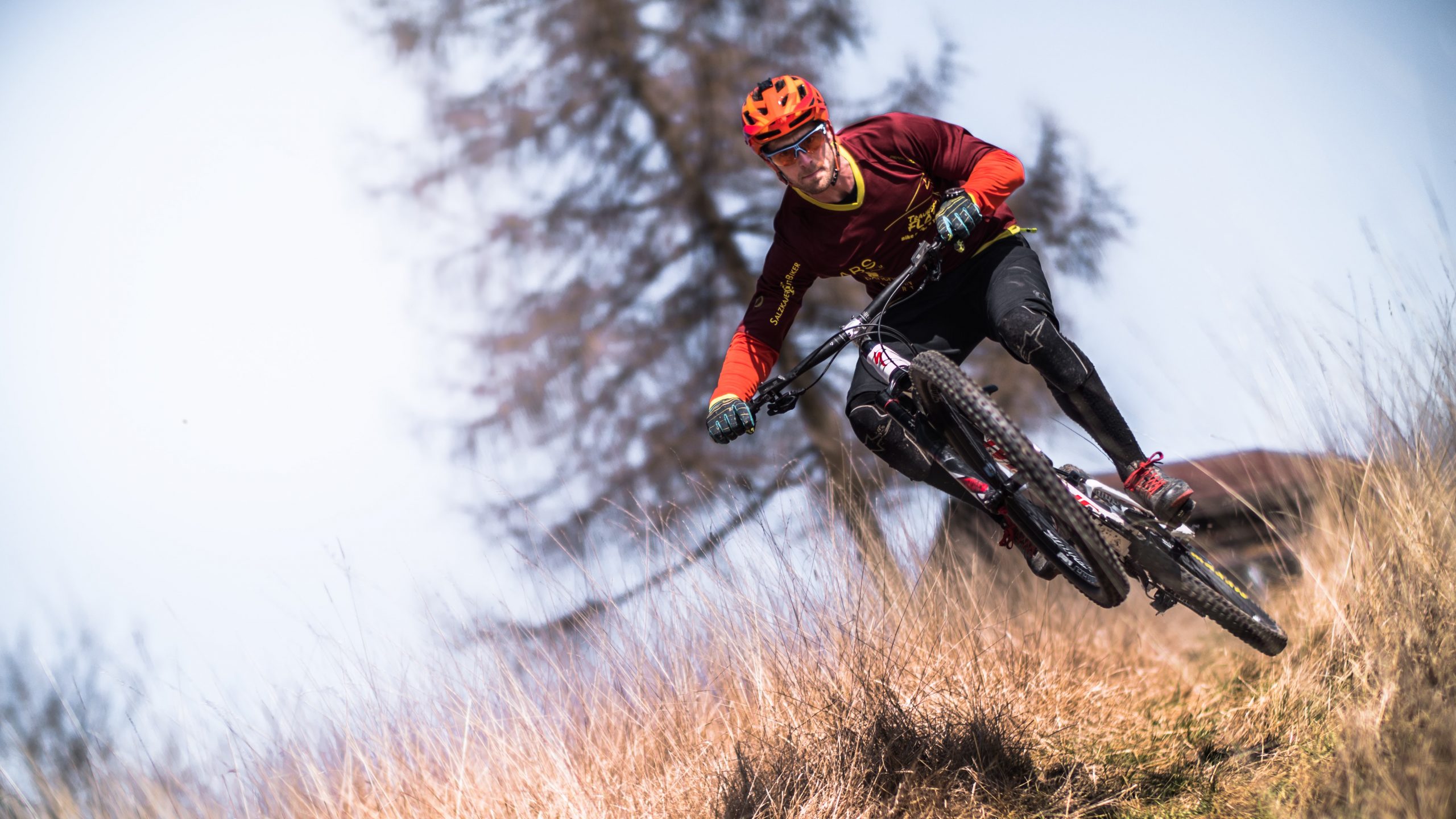#1 Be consistent and have a plan
My daily goal was to get on my bike, and before that, I allowed work, children, and the weather to be excused. An hour per day, outdoors or indoors, Tuesday, Wednesday, and Thursday. Stick to your plan. FasCat Coaching uses the phrase “FtFP,” which stands for Follow the F ing plan. Each of our athletes has reported that they feel more motivated to get on the bikes and complete their daily workouts if they have a plan.
#2 Use Zwift
I hadn’t been indoors for years before my moment of reckoning in 2016. It may have been the four-hour roller session I had as a child that scared me. Enter Zwift. It’s fun! It’s easy and fun. Zwift allows you to FtFP. If it were raining, cold, or sloppy outside, I would go to plan B and use Zwift and Kickr.
I find it productive and fun to ride for up to an hour. It’s easy to join a group ride, race, or workout and is very motivating.
In January 2016, I established consistency. Zwift in February added to that consistency. In March, I started to do group rides. You know what? Here my goals and training became F-U-N.
#3 Group rides are a good idea
Two months of previous fitness had helped me to get on the group rides by March. I also had the cyclocross season, which carries on my fitness. I could ride faster and take more pulls without worrying about being dropped. What’s not enjoyable? Holding on to your life during a group ride. What’s more fun? Moving faster. It’s fun to improve.
These group rides allowed me to increase my Chronic Training Load (CTL) while still having FUN with F-U-N.
This one is more difficult now that COVID-19 has been implemented, but Zwift group ride options are available if you don’t like in-person rides.
#4 Raise your CTL
Your Acute Training Load, or Chronic Training Load, is the sum of all your daily training. Training software such as TrainingPeaks or Today’s Plan tracks this data so you can forecast your training stress and measure the results. Consistent riding is the best way to increase your CTL. Sweet Spot training will give you the most bang for your time.
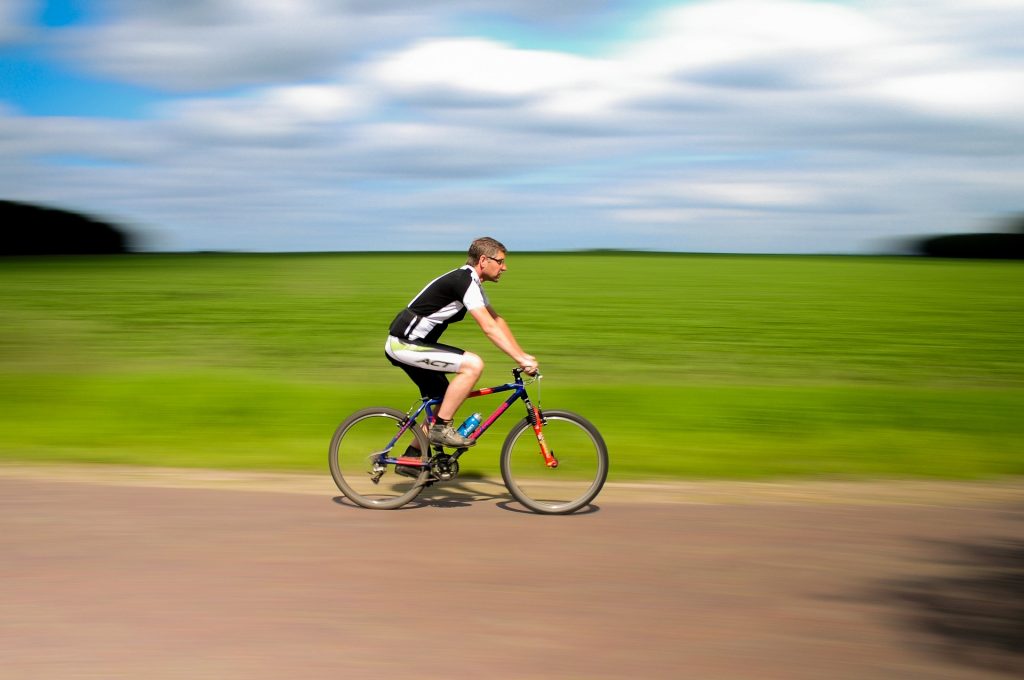
#5 Win in the Kitchen
After preaching it to others, this is another lesson that I had to learn for myself. I was 150lb when I raced, but my weight has increased over the past 10 years. I decided to eat healthier starting January 1, 2016. I started to eat more vegetables and began cooking more. I also reduced the amount of sugar in my diet and reduced beer consumption. It was easy to cut sugar but difficult to reduce beer consumption. It was easy to lose weight by cutting down on each beer’s 200-500 empty calories. I began to plan my meals and cook more. This was the beginning of a central theme in our coaching philosophy: Win in the Kitchen.
Everyone should be more aware of their nutrition and go to the grocery store to make their meals. You will notice a massive shift in your eating habits and feel it faster.
My dietary changes took me from 168 pounds to 150 by August. I needed a new belt. Because my power-to-weight ratio was high, I felt great and set Strava PRs. I lost two pounds each month by dieting and simply cleaning up my kitchen—improved food choices and reduced empty calories. As a coach, I have always believed in practicing what I preach.
#6 Do yoga
I remembered how great yoga classes made me feel and improved my proprioception, allowing for better bike handling. It was helping me with my recovery, stretching, and I found that I could handle the bike better in corners. YogaGlo was my first app on my iPad. Then I moved to studio classes. First, I used to do it once per week. Then I increased my frequency to twice to three times per week. This was mainly on my off days and when I had a recovery bike day.
My ‘breath” was discovered along the way. I could slow down my breathing during intervals and relax during races. Yoga has become a form of meditation that I can move with (much like riding), and it also helps me to be mentally tough during races.
#7 Strengthen and condition yourself
I hired a personal trainer to help me get through the September and October paces. I noticed terrific increases in my explosive power, which I used to accelerate for racing. It was all about activating the glutes and using this muscle for power production.
The following year, I expanded my glute work by adding hip thrusts, squats, and plyometrics.
#8 Get good sleep
The best tool for recovery is sleep. All other things are secondary. For Christmas 2015, my daughter and I bought a Fitbit. The thing I found most helpful was keeping track of my sleep hours. Eight hours per night is enough to feel good. Nine hours and I am a gold medalist. Seventeen and I think it; six and less, and I’m garbaged the next day.
In 2015, I upgraded my Fitbit to the Whoop, a wearable device that records my daily strain, HRV, and sleep to help me measure my recovery. The Whoop is a big data tool that collects a lot of information but distills it down to a daily score, which can be either red, yellow, or green. This helps you adjust your training and lifestyle to increase recovery.
